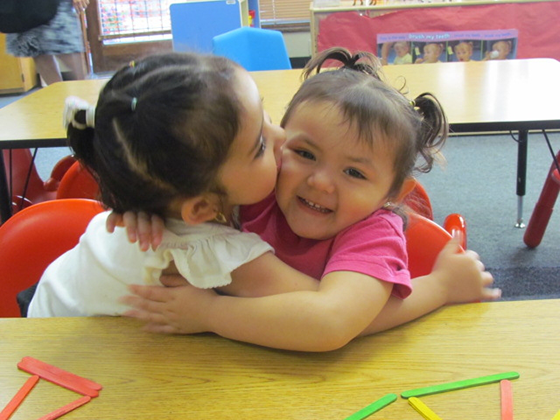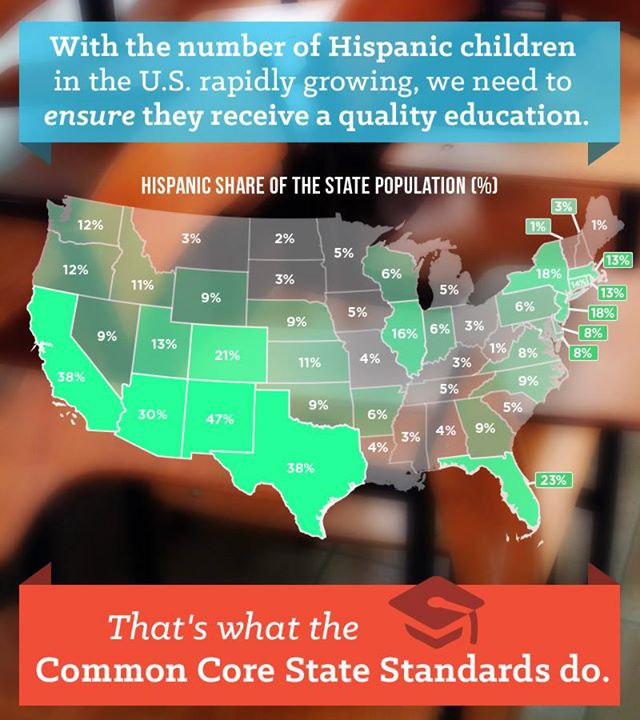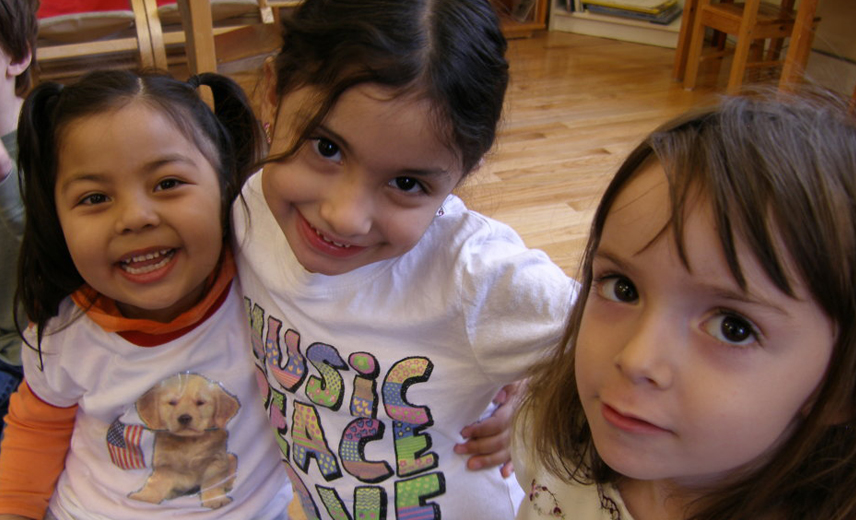From the Minds of Babes: A New UnidosUS Research Brief Shows That Infants Have the Capacity to Successfully Learn More Than One Language
Babies. We know they do a lot of babbling, intensively observing the facial expressions, body language, and words of their loved ones as they grow. But what do we know of their language acquisition? If their parents, siblings, or other caretakers speak to them in more than one language will it confuse them?
Not according to a new UnidosUS topic brief produced by the organization’s new Latino Infant Initiative, a project that began last summer from a $150,000 grant from the Pritzker Family Foundation to deepen UnidosUS’s engagement in Latino early learning.
“The most recent research indicates that infants have the capacity to develop and thrive in two languages, employing specialized strategies to support their successful development,” states the Latino Infant Initiative topic brief Are Babies Confused When They Grow Up with Two Languages?
Keep up with the latest from UnidosUS
Sign up for the weekly UnidosUS Action Network newsletter delivered every Thursday.
It notes that babies can distinguish between multiple languages, and use “conscious strategies to develop two languages,” without delays in their language development. The research also shows that children do not need to give up their home language to perform well in school, and in fact, bilingual oral language skills can contribute to greater reading achievement across languages.
So, if this is the case, where do these fears of confusion stem from? As a legacy Latino civil rights organization, UnidosUS has more than 50 years of experiencing documenting the history of language suppression in the United States. For decades, “English–only” messages and curricula were pushed in schools across the country, promoting a belief that speaking other languages could lead to confusion and undermine achievement. This Anglo-centric attitude was often reinforced by physically or psychologically punishing students who spoke their native languages at school.
“The message was clear: languages other than English were not welcome,” the brief states.
As a result, many families forced their own children to speak English at home, denying them the opportunity to become bilingual, and limiting their ability to fully embrace and take pride in their full cultural identities.
Today, there are still many American politicians and educators who continue to shun policies to support dual-language learning or even try and legislate English-only instruction. And yet, in many pockets of the country, multilingualism is gaining, precisely because it sensitizes children to greater cultural understanding and opens them to an increasingly multicultural world.
During a September webinar sponsored by the National Head Start Association UnidosUS Education Policy Project Director Amalia Chamorro reminded the audience that there is a large and growing number of dual language learners (DLLs) among America’s youngest children. In fiscal year (FY) 2017, the U.S. Department of Education reported that 28% of Head Start families spoke a language other than English at home, and Spanish was the primary home language for 22% of participants. Question: did anyone in P&A review the 2020 Census data that could be included? E.g., rate of increase of the Latino population in the United States between 2010 – 2020?
“There has been a history of discrimination over the last few decades in terms of extinguishing and diminishing one’s home language when the research actually shows that children can learn more than one language and can absorb more than one language from a very early age, and that extinguishing their home language actually is not something that we should be encouraging because it affects their sense of belonging and self-identity,” Chamorro said.
UnidosUS wants the research and data collected in this fact sheet to help early childhood educators to promote multilingual learning. As such, we suggest the following strategies:
- Staff can plan and implement learning environments that enhance an infant’s ability to observe in two languages.
- Staff can communicate to parents they serve that very young children are capable of developing two languages simultaneously or in sequence without harm to their school achievement.
- Staff can encourage parents to see a positive association between their child’s home language proficiency and their child’s academic performance in a second language, thereby promoting the speaking of the family’s home language.
“A child’s earliest language development is of the utmost importance; it is not only powerful and rapid but also matters a great deal to their later reading achievement,” states the brief, which is just one of many ways UnidosUS will be working to promote culturally responsive practices in early learning.
“Looking forward, the UnidosUS’ Latino Infant Initiative seeks to further develop and disseminate research-based messages for ECE program staff and for Latino parents, in order to promote the optimal development of Latino infants and toddlers,” said brief’s author, UnidosUS Director of Early Childhood Education Dr. Robert Stechuk.
Author Julienne Gage is an UnidosUS senior web content manager and the editor of ProgressReport.co.




